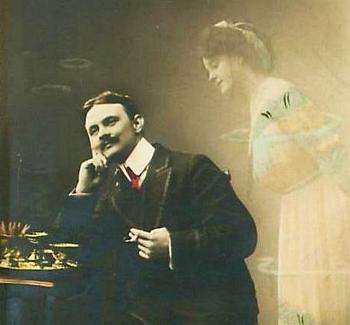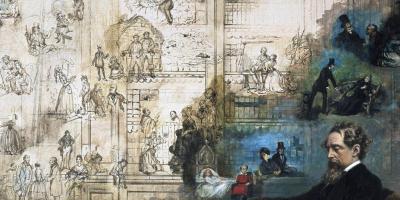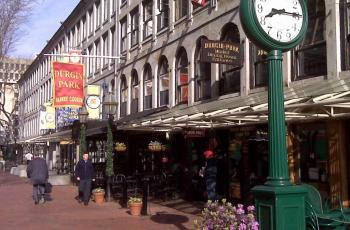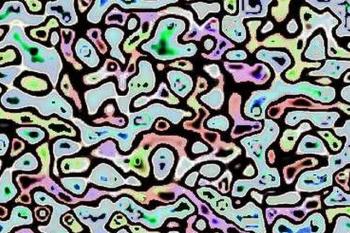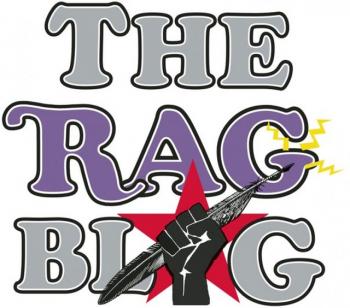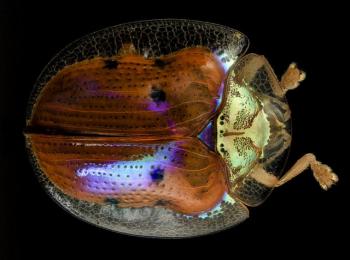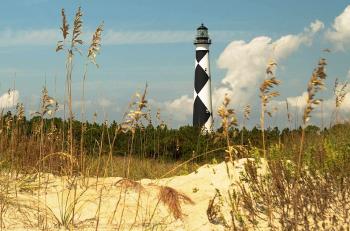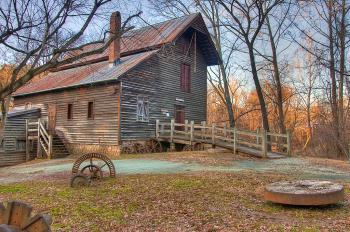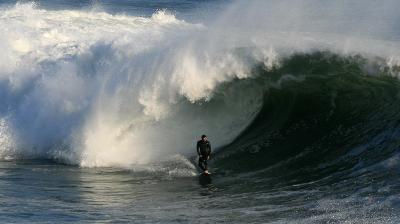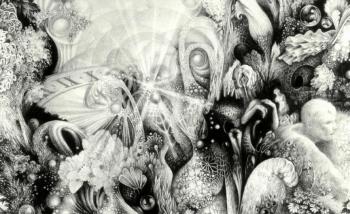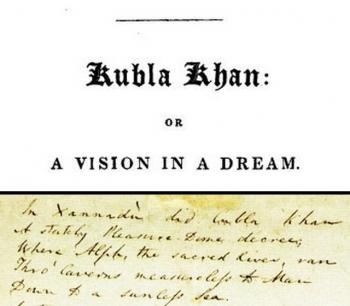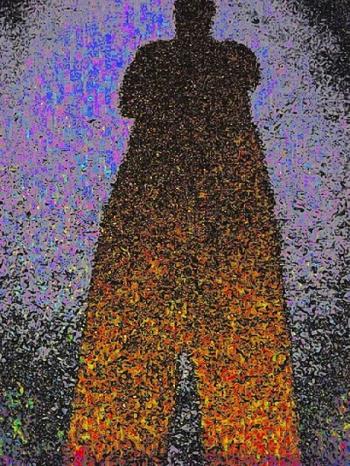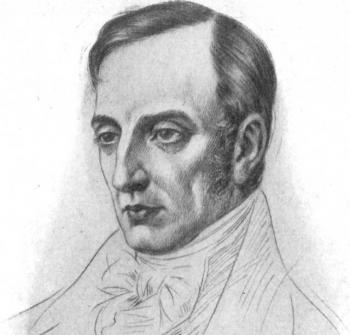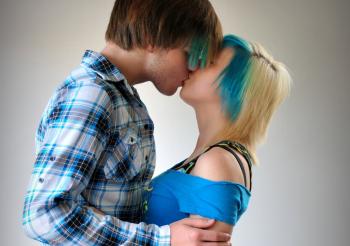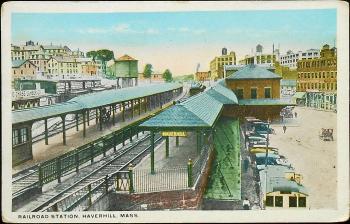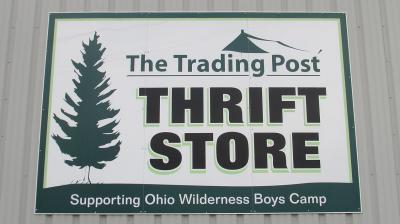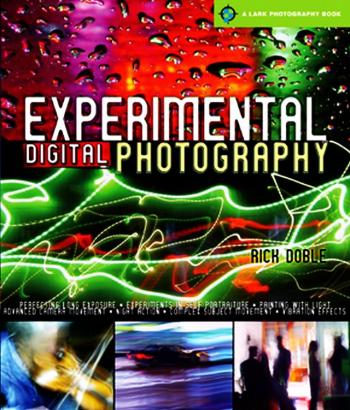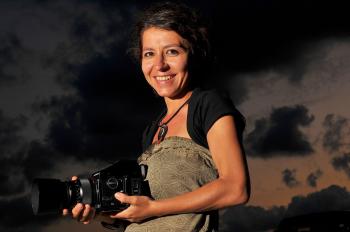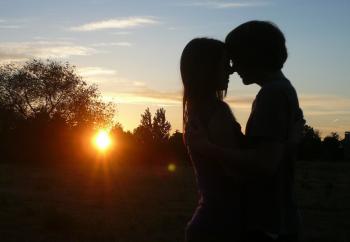Users Who Spiked
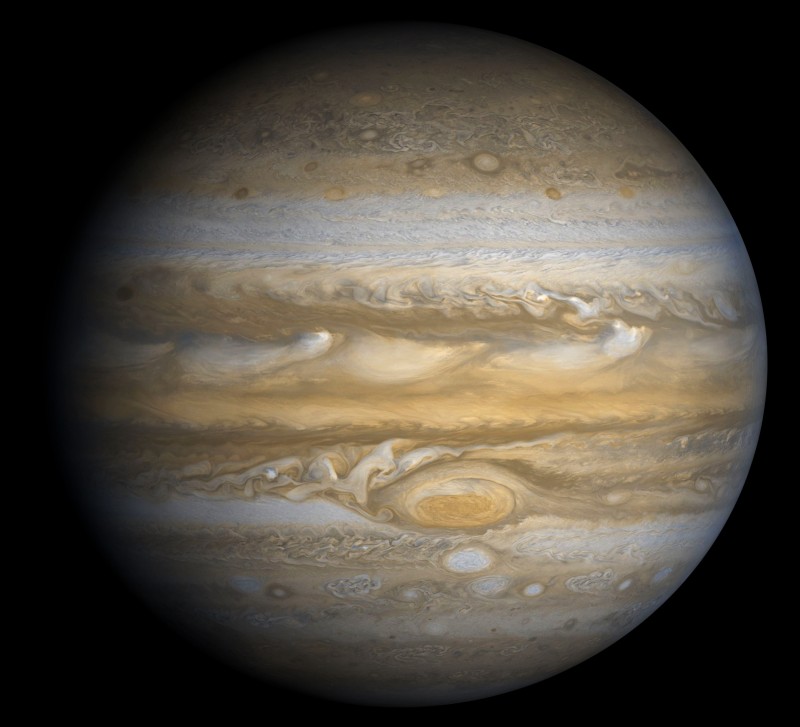
ROCKETS TO JUPITER & OATMEAL BOXES
Private Notes
Private Notes
Notes
Rockets To Jupiter & Oatmeal Boxes
Age 34, Museum of Life + Science, Durham, North Carolina, 1979
This poem is about making 'pinhole' cameras with children.
This photo of Jupiter is what I saw in 1979:
A 14-frame mosaic of Jupiter from Voyager 1. Most of the data for this mosaic was captured in a 3-by-3 mosaic at around 8:45 on February 27, 1979, but gaps were filled with data taken an hour before and an hour later.
https://commons.wikimedia.org/wiki/File:Voyager_1_Image_of_Jupiter.jpg
-- This is one poem, from my autobiographical series of poems, that I posted here at WriteSpike. Go to my Stories section for others. They are in chronological order. --
The story goes like this:
thousands of years ago
in the desert
a camel driver
noticed a picture
of his pack animal
upside down in the dark
at the back of his tent
like Newton's apple,
this opened the world of light
for an Arab scientist named Alhazen
in 1979 at the Children's Museum in Durham
I taught kids to see
what Alhazen saw:
oatmeal boxes turned into cameras -
a tiny hole drilled with a needle,
like the slit on the side of the tent
that had projected the camel's image
and the kids 'got it'
in ways that an adult
with a Nikon and a bunch of lenses
never would
but also in the room where we worked,
were sharp three-foot color photographs
of Jupiter mounted on the wall -
sent back, bit by bit,
across millions of miles
by a space probe
this part the kids did not get
as these were some of the first
digital photographs -
the computer pixel replacing
the silver grain of film
I cannot say exactly what I understood then
but I knew it was important
and that it would be at least a generation
before I could hold a digital camera in my hands
yet seeing the very beginning of optics
crafted by the hands of children
next to the greatest
photographic achievement
was like a personal sign -
I knew my own vision required more
than film and darkrooms
even though I had spent a decade with both
listening to the kids giggling
as they exposed their film
and watching them develop their negatives
followed by prints,
I sensed that I might just
live long enough
to get the tools I needed
to record my own insights
about space and time and light


















